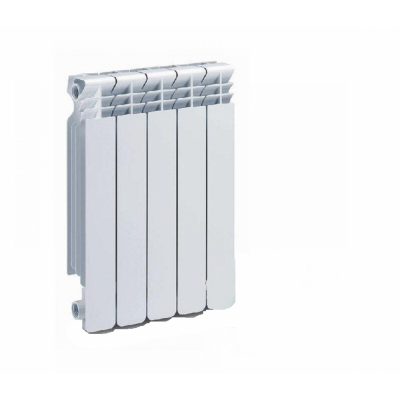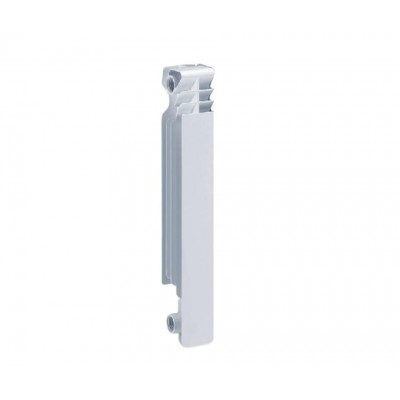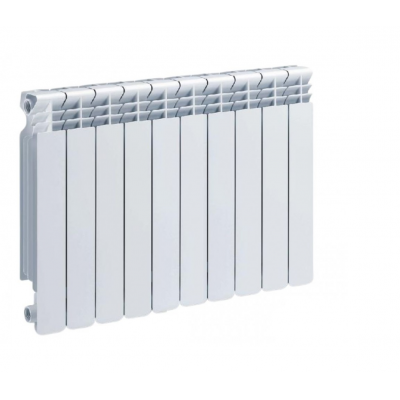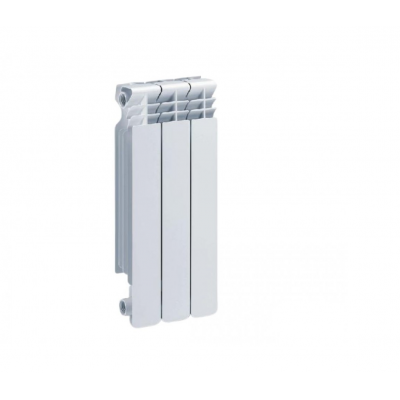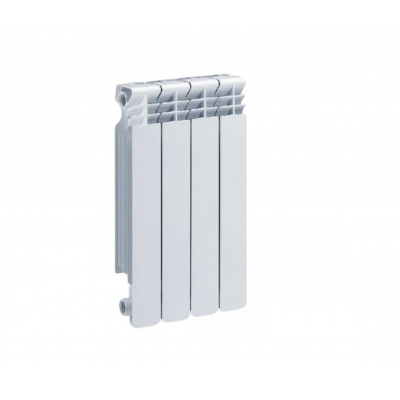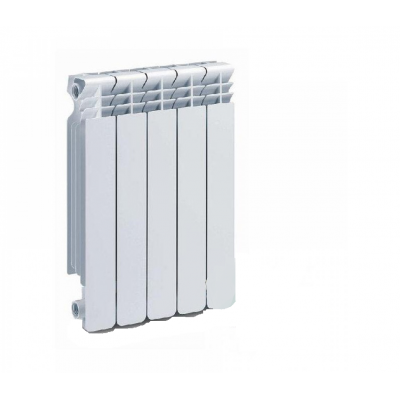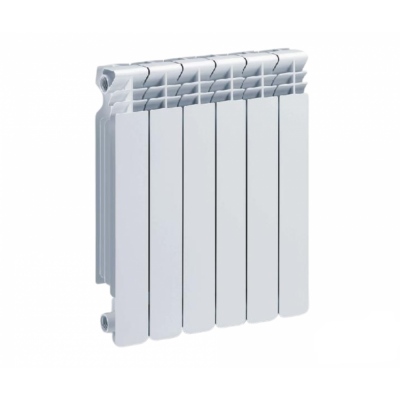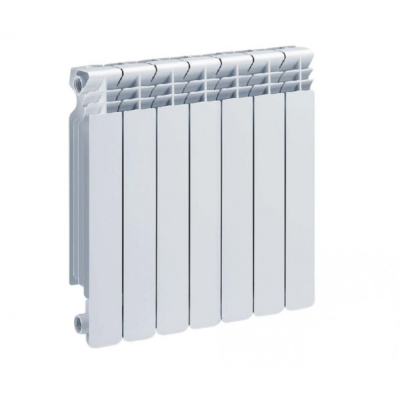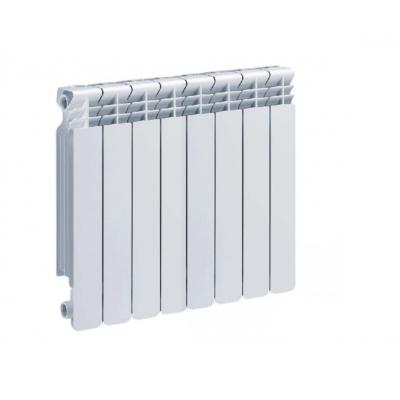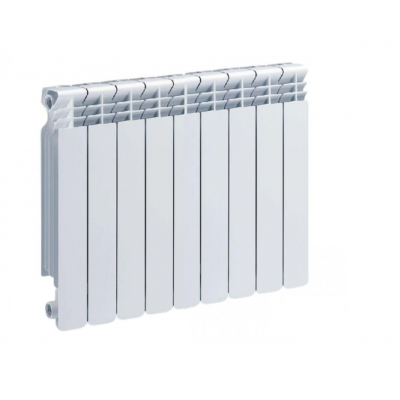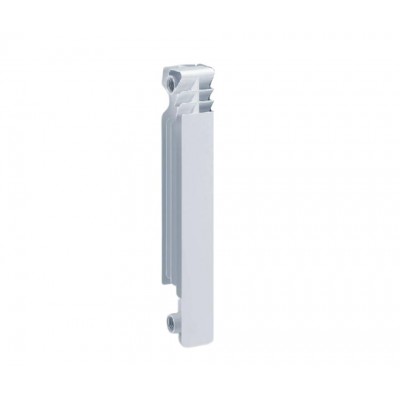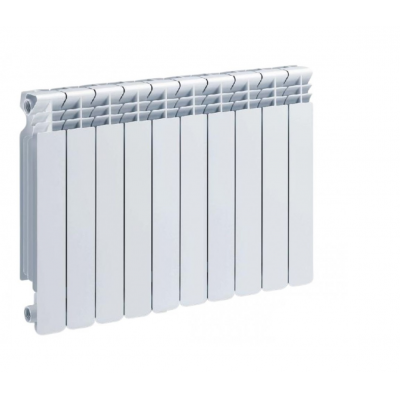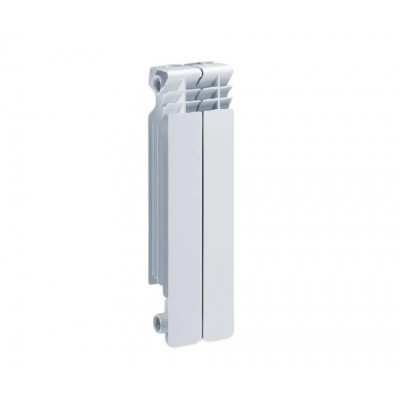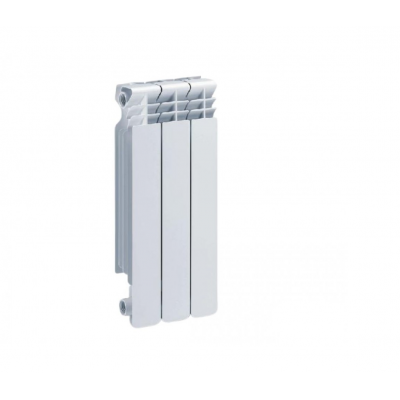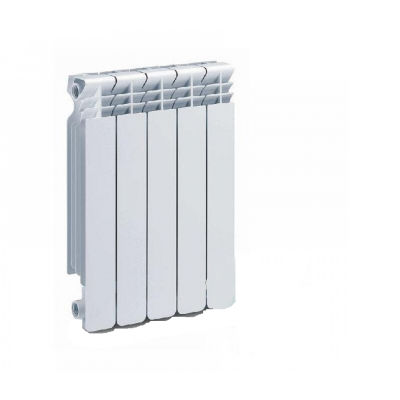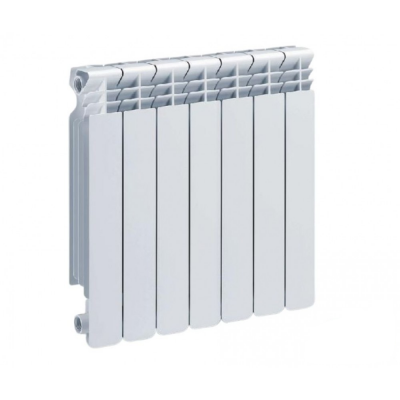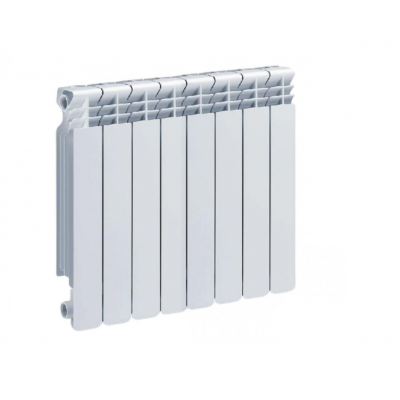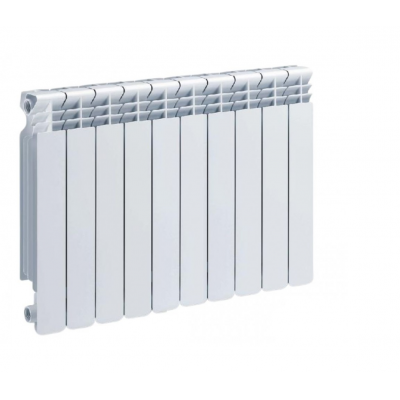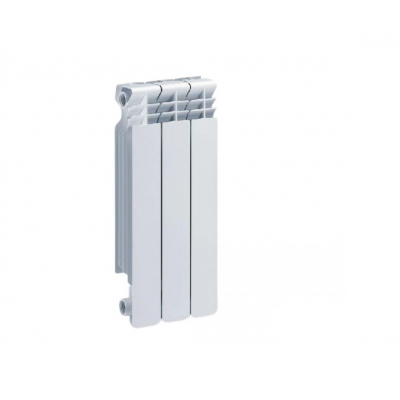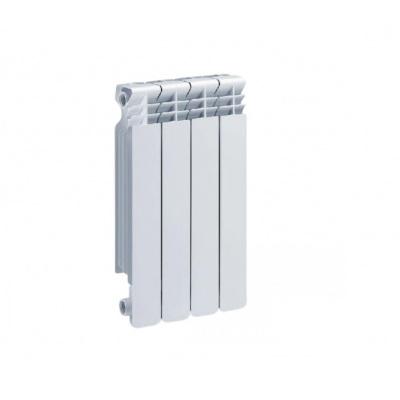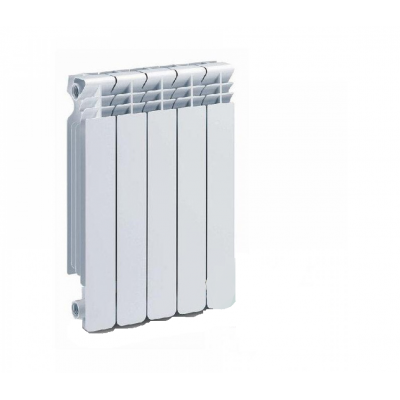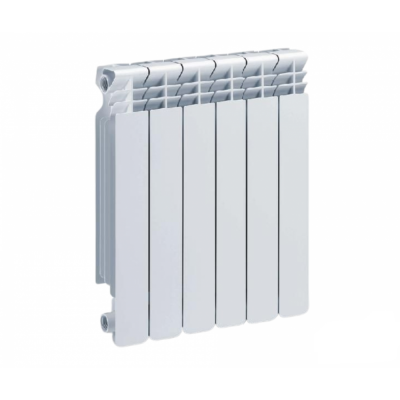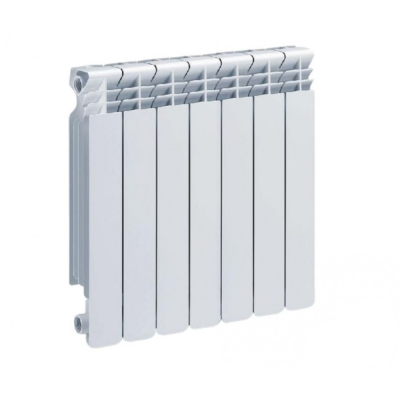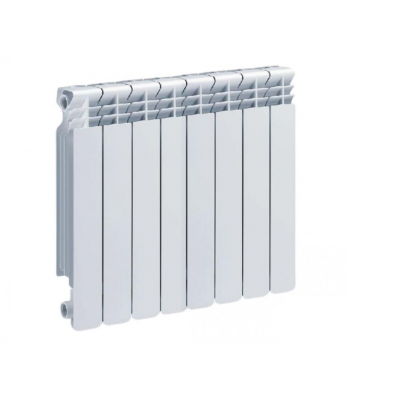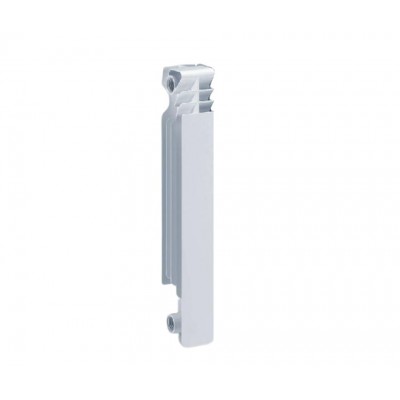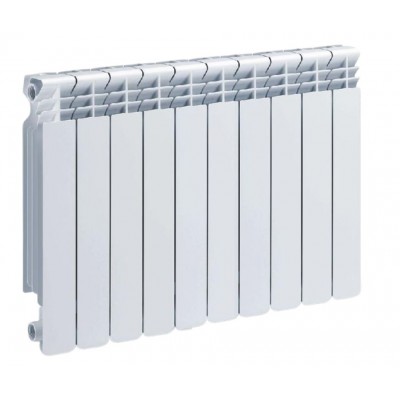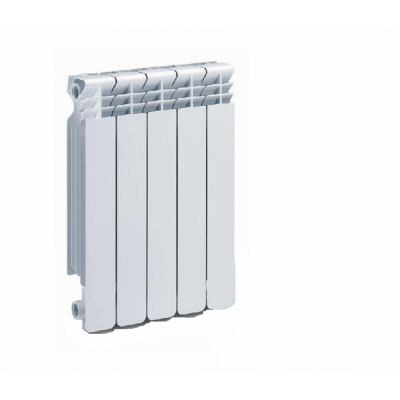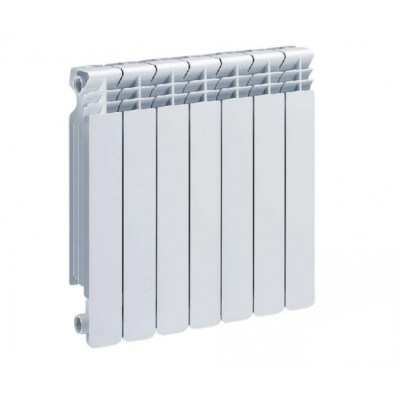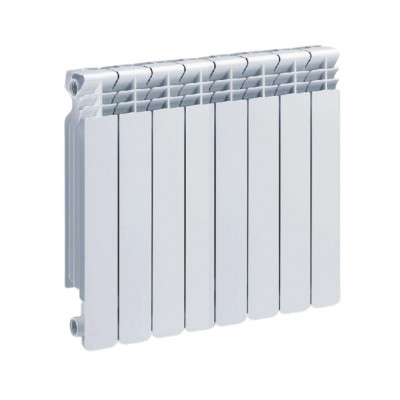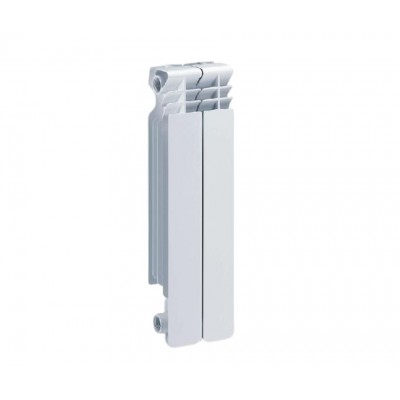Radiators




Types of Radiators
A very important and crucial part of a central heating system are the radiators because they transfer the heat from the source (boiler, heat pump etc.) to the rooms. Their working principle is based on fluid circulation in the radiator. Heated fluid enters the radiator from a piping system and when it cools it gives off the heat in the room.
There are two main types of radiators:
- those that radiate heat (the water flowing through the radiator is with a high temperature)
- those that use convection (accelerated heating with a fan-coil unit).
Main classification of radiators is based on the material they are made of.
Steel radiators
Steel radiators keep warm and give off heat for long periods of time. They are made using cold rolled steel that is highly durable and corrosion resistant. This makes steel radiators reliable and with long working life. They work both on the radiation and convection principle and can have thermal regulators installed to automatically set desired temperature in the separate rooms. Their main disadvantage is that even with small mechanical impacts the protective layer can be damaged. They are recommended for local closed systems where the heat carrier quality is controlled.
- Steel panel radiators, or also called convectors are characterized by high efficiency. They are made of heating panels (welded along the edges) and convector fins (vertically placed channels). Ecological, harmless, with relatively low price and high heating capacity, these are the most common panel radiators on the market. Working pressure can reach 6 to 10 bar. Disadvantage: fine dust can be lifted in the room due to the convection.
- Column steel radiators. They are made of steel tubular columns through which hot water passes. They can withstand higher pressure – 8 to 15 bar and they are more expensive than panel radiators. Their design can greatly vary and can be seamlessly integrated in any home’s interior design.

Aluminium radiators
Made completely out of aluminium which is light and pliable material that allows fast and cheap manufacturing as well as easy transport and installation. Aluminium reacts quickly to temperature changes which means that it has very high thermal conductivity. Aluminium radiators are heated fast but they also cool down fast. The material allows them to be covered with a protective layer and powder coated in different colours (even though white is the most commonly used colour). This type of radiator has very high heating capacity even in small size. They are not recommended for large central heating systems due to the bad quality of the heat carrier (high acidity, rust and particles). This can lead to electrochemical corrosion.
- Injection molded aluminium radiators. They are made using molds and have wide fluid channels and thick walls. They are made of separate sections which can be removed or added. Each section is molded under pressure and the material is an aluminium alloy that also contains silicon to increase the strength and all welds are made in inert gas envorinment. Hermetically sealed connections, reliability but also higher price are the main characteristics of injection molded radiators.
- Extruded aluminium radiators. To make them extrusion technology is utilized – the central part is not molded but squeezed under pressure through an extruder and then pressed. With this technology there’s no casting, only pressing. This is a cheaper method of making aluminium radiators and they have lighter construction, easy installation, quick heating and they are more economical. They are usually made of recycled aluminium, they have thinner walls and cannot withstand high pressures which also leads to a lower price. The main disadvantage is that the number of sections is fixed and they cannot be dismantled.
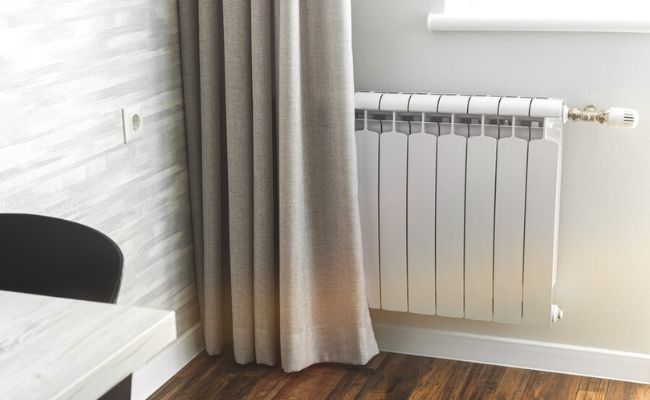
Fan Coil Radiators:
A fan coil radiators consists of a heat exchanger, one or more fans, and a control system that manages the operation of the fans. Due to their specific construction, they have the fastest heat dissipation among all types of radiators. Additionally, fan coil radiators offer the most flexible installation options. In addition to models with a decorative casing (suitable for floor or wall installation), there are also units designed for in-wall or ceiling installation. Their relatively high cost is offset by their very high efficiency (one fan coil radiators can replace two to three conventional radiators).
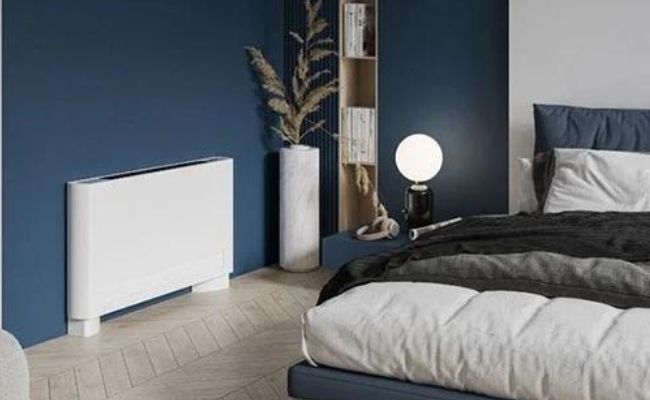
Towel Radiators:
Modern towel radiators are one of the most preferred methods for heating bathrooms. Thanks to them, every shower becomes a true pleasure. Another advantage of this type of heating is that it prevents mold growth in the bathroom by reducing humidity in the room.
Types ot Radiators:


